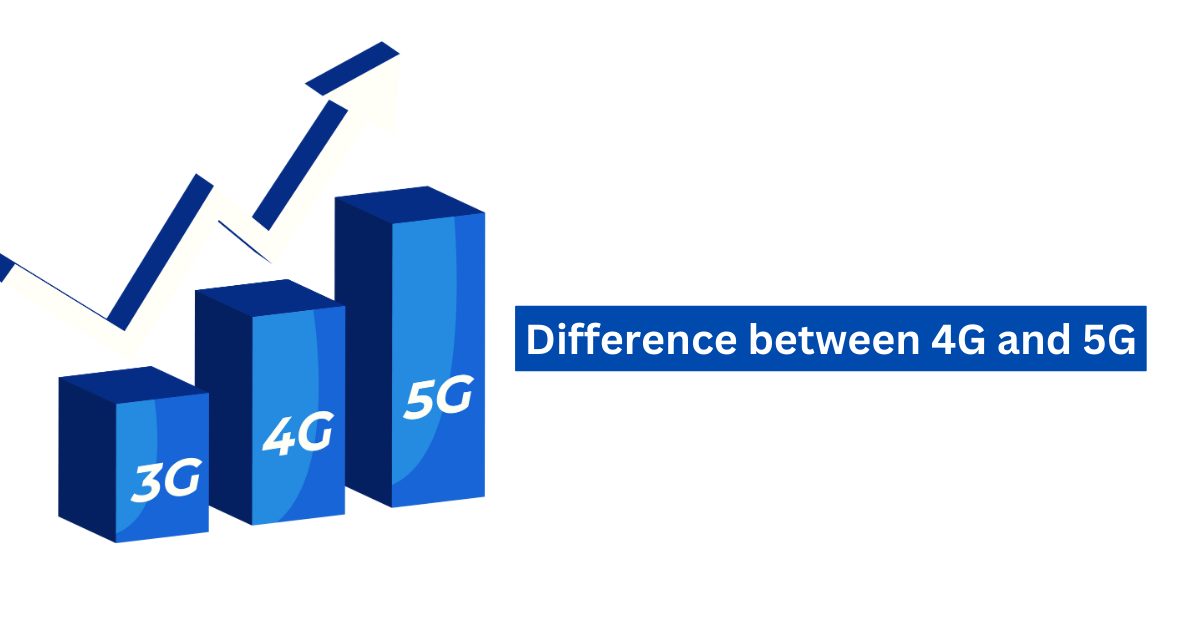Introduction
Mobile networks have come a long way since the advent of 2G. With the introduction of 3G, we witnessed a significant boost in data speeds and connectivity. Then came 4G, which revolutionized the way we use our smartphones and paved the way for a more connected world. And now, we stand on the brink of another major leap forward with the arrival of 5G. In this blog post, we will explore the key differences between 4G and 5G and how they will shape the future of communication.
4G Vs 5G speed and Latency
One of the most significant differences between 4G and 5G is the speed and latency. While 4G networks offer download speeds of up to 100 Mbps, 5G is expected to provide speeds of up to 10 Gbps, which is 100 times faster than its predecessor. This means that you will be able to download movies, stream high-definition videos, and play online games without any lag or buffering.
4G and 5G Capacity and Connectivity
Another key difference between 4G and 5G is the capacity and connectivity. 4G networks have a limited capacity, which can lead to congestion and slower speeds in densely populated areas. On the other hand, 5G networks have a much higher capacity, allowing for more devices to connect simultaneously without compromising on speed or performance. This will enable the Internet of Things (IoT) to thrive, with billions of devices seamlessly communicating with each other.
Reliability and Coverage
When it comes to reliability and coverage, 5G is expected to outperform 4G. While 4G networks can sometimes suffer from signal dropouts and poor coverage in remote areas, 5G networks will provide a more consistent and reliable connection. This is achieved through the use of small cells, which are distributed throughout the coverage area, ensuring a strong and stable signal.
Applications and Use Cases
The enhanced capabilities of 5G will open up a world of possibilities for various industries and applications. Autonomous vehicles, for example, will benefit from the low latency and high-speed connectivity of 5G, enabling them to communicate with each other and make split-second decisions. Similarly, healthcare services can be revolutionized with remote surgeries and real-time patient monitoring made possible by the low latency and reliable connection of 5G.
4G and 5G Impact on Industries:
The transition from 4G to 5G is not just about faster smartphones; it has far-reaching implications across various industries. In healthcare, 5G enables remote patient monitoring and even remote surgeries with its low latency. In manufacturing, it facilitates the implementation of smart factories with real-time monitoring and control. The automotive industry benefits from improved vehicle-to-everything (V2X) communication, enhancing road safety and enabling autonomous vehicles.
4G vs 5G Conclusion
As we can see, the transition from 4G to 5G is not just an incremental upgrade but a monumental leap forward in terms of speed, capacity, reliability, and connectivity. With 5G, we can expect faster download speeds, seamless connectivity, and a multitude of new applications and use cases. The future of communication is here, and it’s called 5G.
Read More Difference between 4G and 5G
